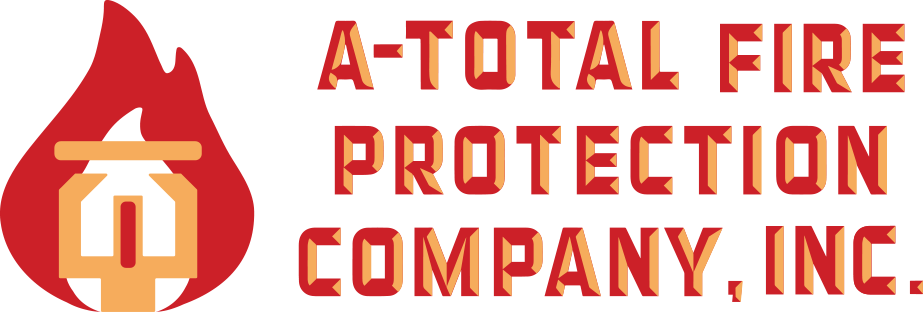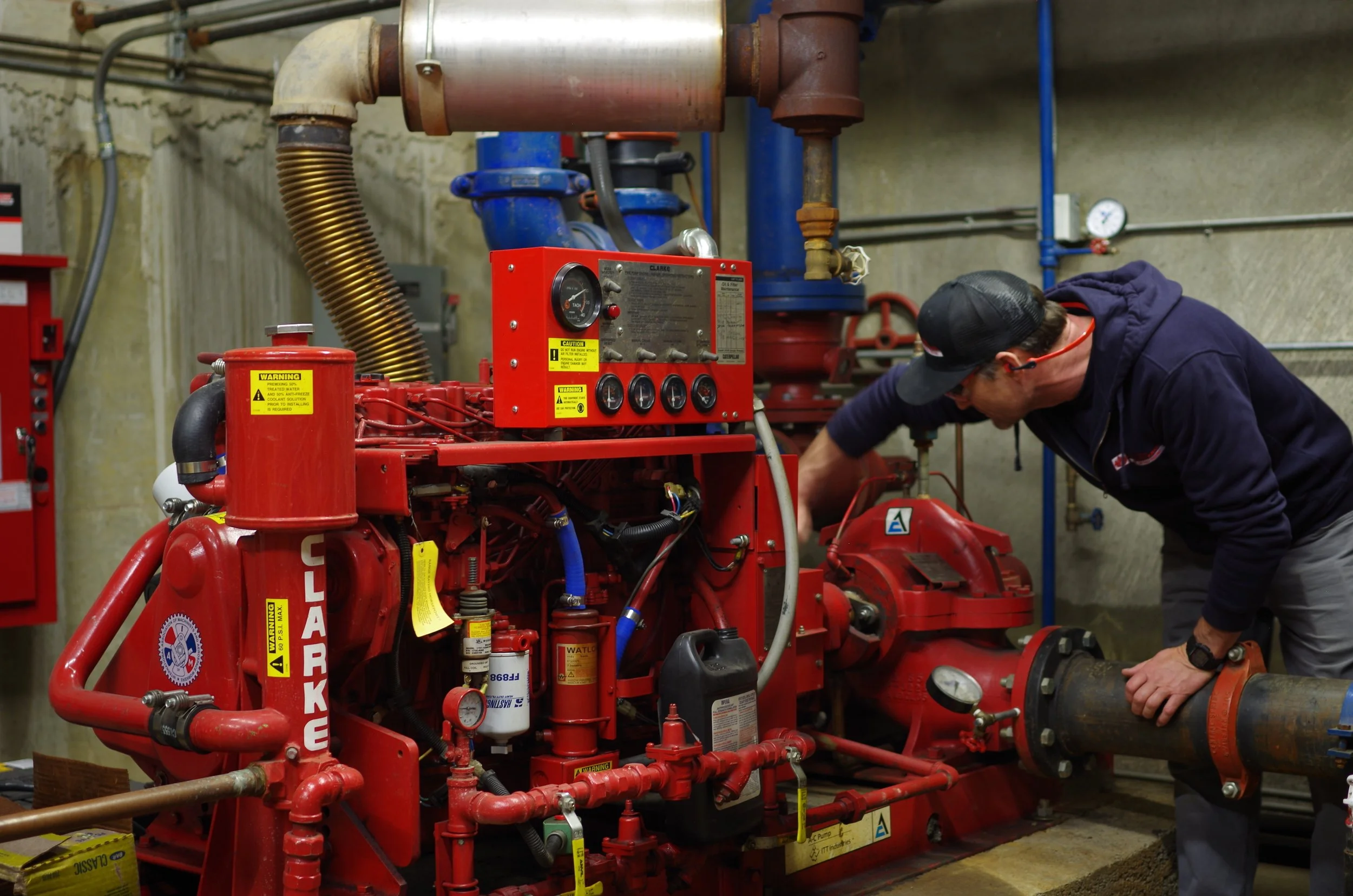Fire Pump Testing
Fire safety pump inspection, testing, certification, and maintenance are comprehensive procedures. These fire services confirm that all fire pump system components are in good condition and will ensure the system’s successful operation.
To refine fire system evaluation methods and frequency, the Office of the State Fire Marshall has made major amendments to the automatic fire extinguishing systems maintenance protocol found in Title 19, Division 1, of California Code Regulations. The amendments for fire safety and protection incorporate, by reference, the National Fire Protection Association Standard for the Inspection, Testing and Maintenance of fire protection systems, and to require the use of the newly designed AES 1-9 forms for the reporting of fire system evaluation results.
We perform fire pump inspection & testing Weekly, Monthly, Annually, and 5-Year as needed.
According to the National Fire Protection Association, (NFPA 25, Chapter 8 as amended by CCR, Title 19) where applicable, the inspection, test, and/or maintenance procedures shall consist of the following:
Quarterly Testing, Inspection and Certification
Control Valves—to verify the valves are in normal open or closed position, are properly sealed, locked, or supervised, are provided with appropriate wrenches and identification, free from external leaks, and accessible.
Lubrication System—change and clean crankcase breather as preventative maintenance.
Exhaust System—to check for proper insulation and potential fire hazards.
Battery System—to ensure the terminals are clean and tight.
Electrical System—to correct any wire chafing where subject to moving.
Note system pressure.
Annual Testing, Inspection and Certification
Electrical System—inspect and operate emergency manual starting means, excessive back pressure, tighten control and power wiring connections, trip circuit breaker.
Fuel- tank vents, piping (including overflow piping) are unobstructed, water or foreign material in tank.
Cooling System—inspect ductwork, antifreeze, rod out heat exchanger, clean louvers.
Exhaust System—inspect hangers and supports flexible exhaust section as preventative maintenance.
Control Valves—to verify the valves are in normal open or closed position, are properly sealed, locked, or supervised, are provided with appropriate wrenches and identification, free from external leaks, and accessible.
Supervisory—to ensure valve is in good condition, has proper movement from the valve’s normal position. The operating systems of outside screw and yoke valves shall be properly lubricated.
Pump Operation—test to be conducted under minimum, rated, and peak flows by controlling the quantity of water discharged through approved test devices to ensure optimal capacity capability.
Pump System—check pump shaft end display, accuracy of gauges and sensors, and coupling alignment.
Pressure Relief Valve—to verify correct adjustment and setting to relieve at the correct pressure and to close below that pressure setting.
Circulation Relief Valve—to ensure proper closure in accordance with manufacturer specifications.
Exhaust System—to ensure there is no excessive back pressure.
Mechanical Transmission—lubricate pump bearings, coupling, right-angle gear drive, and other mechanical parts as required.
5-Year Testing, Inspection and Certification
500 GMP flow from highs outlet.
65% Capacity/100% Capacity/165% Capacity flow on pump.
Examine pump pressure settings.


